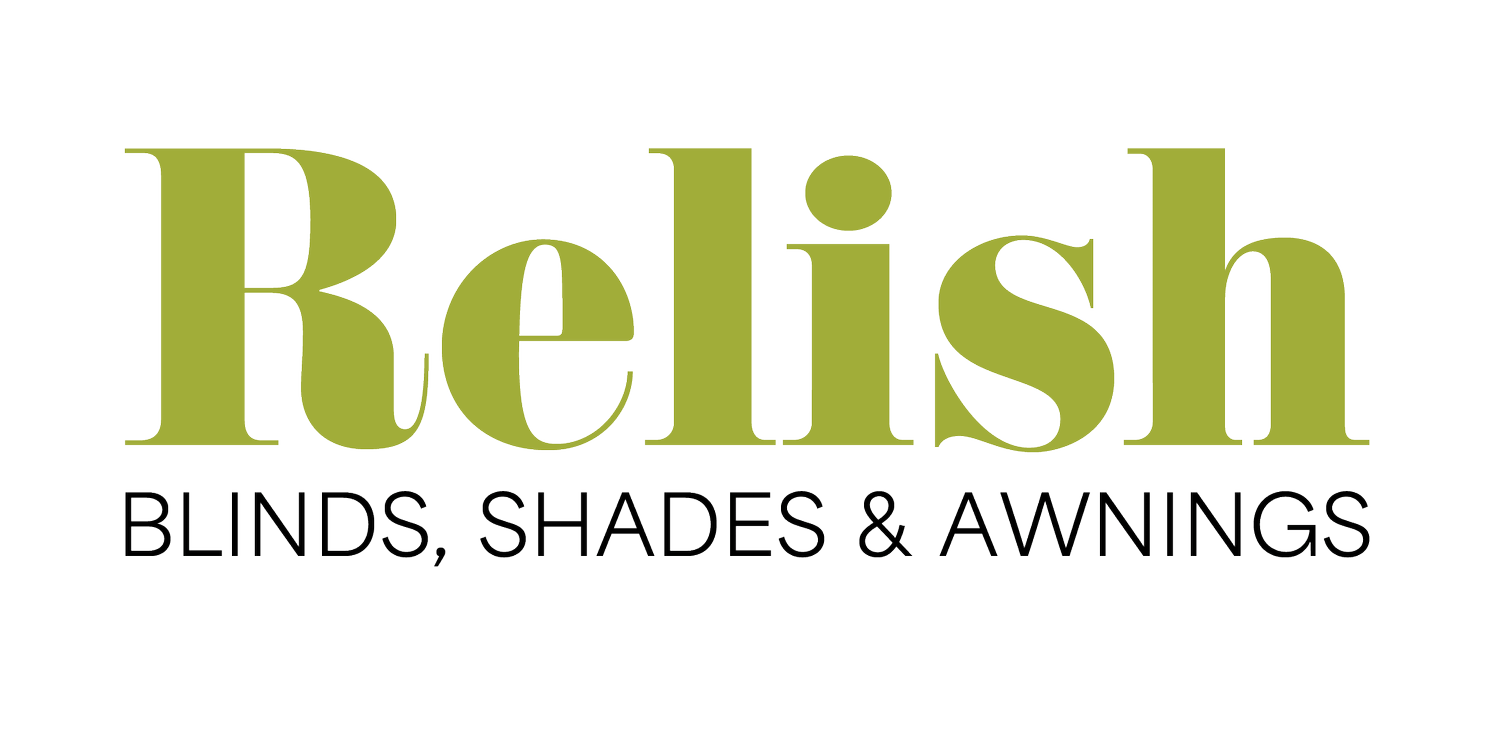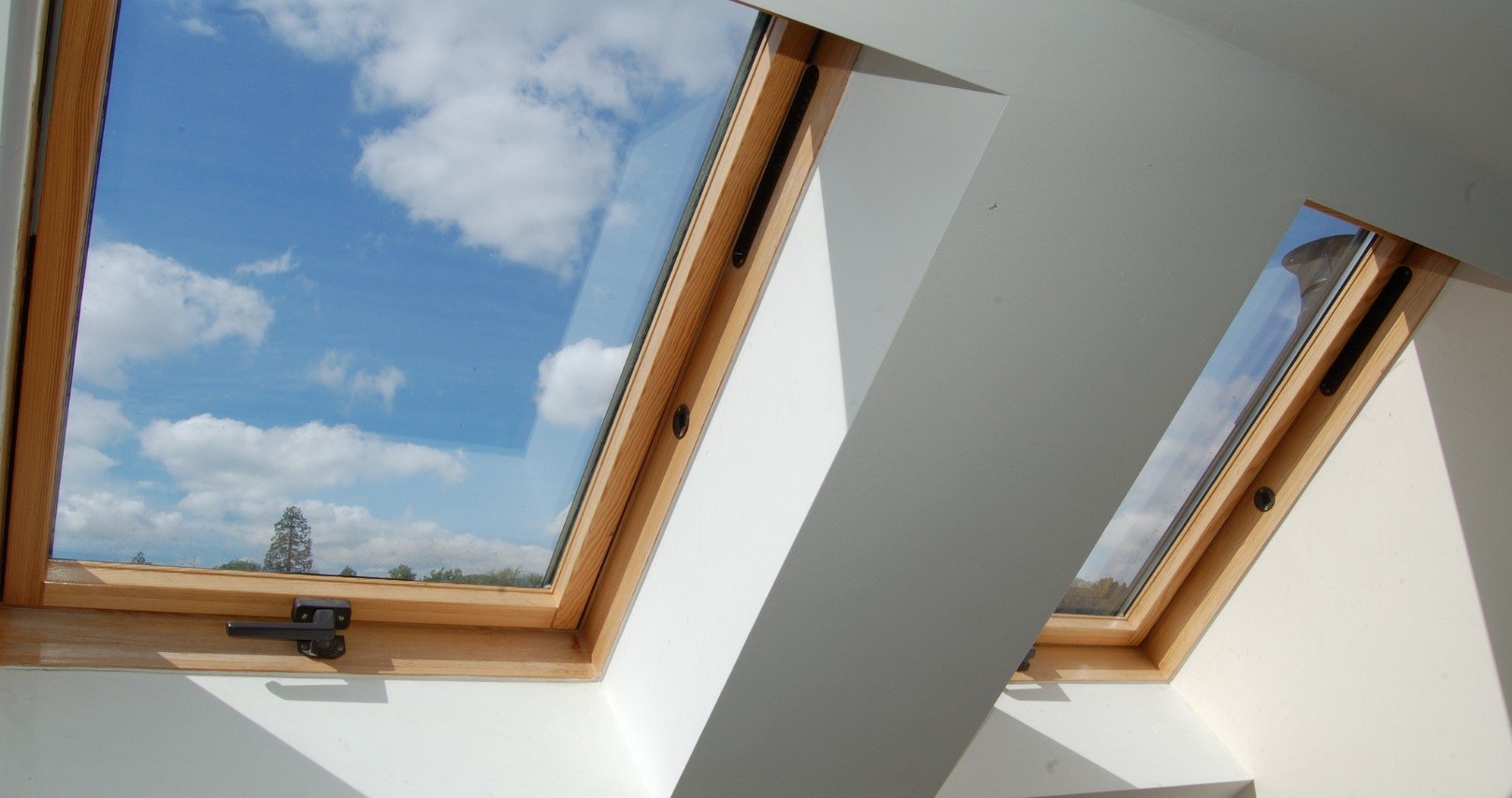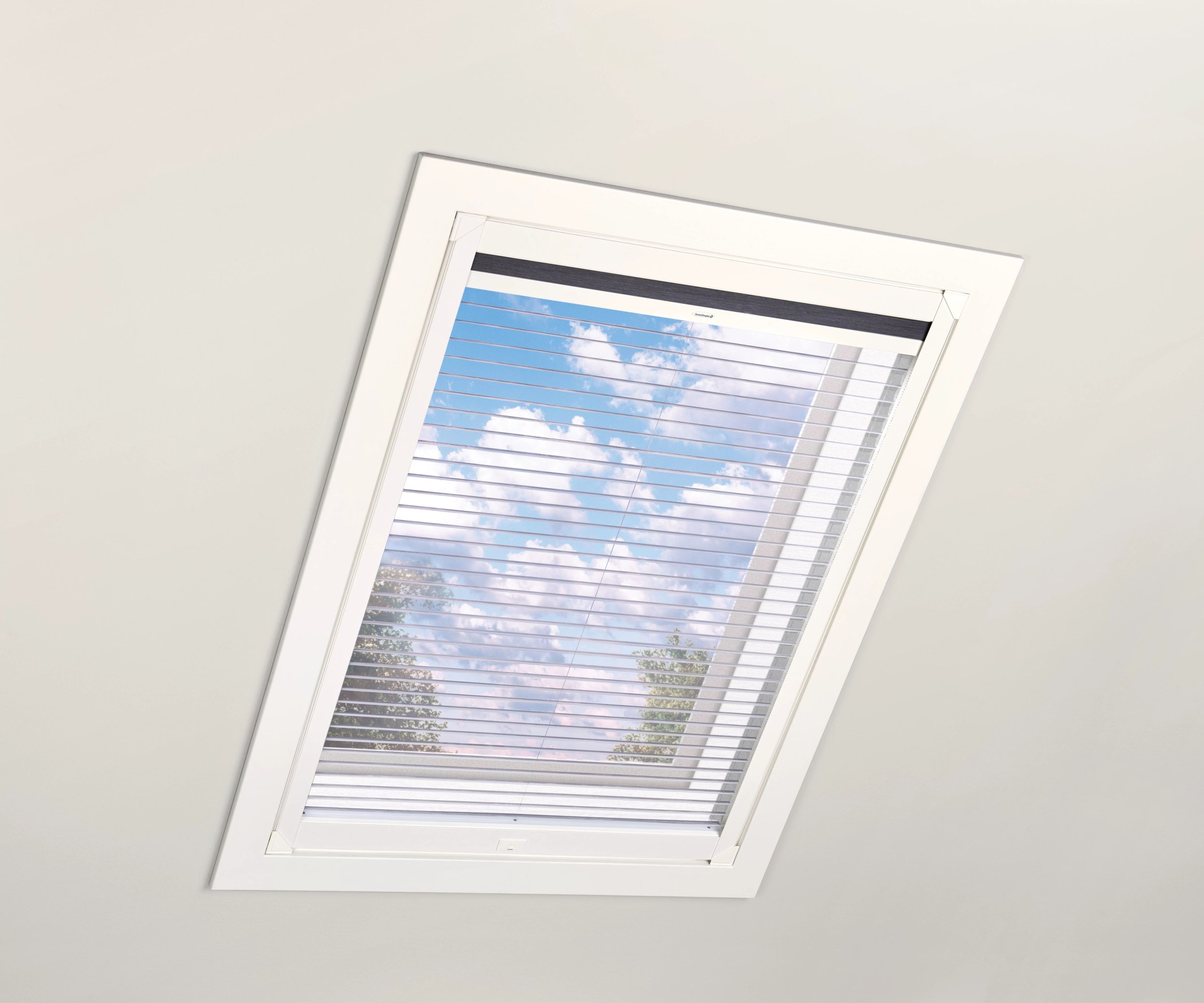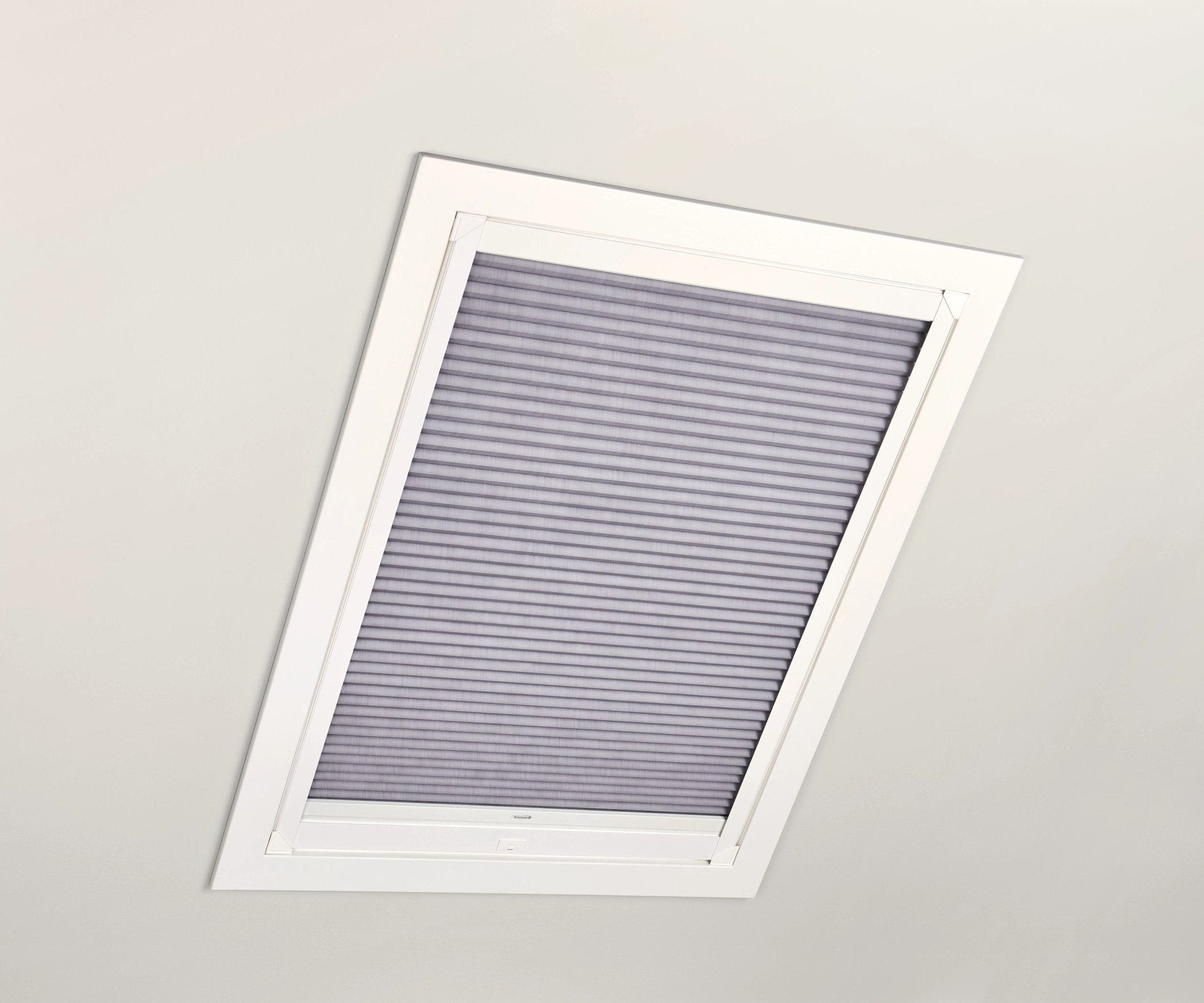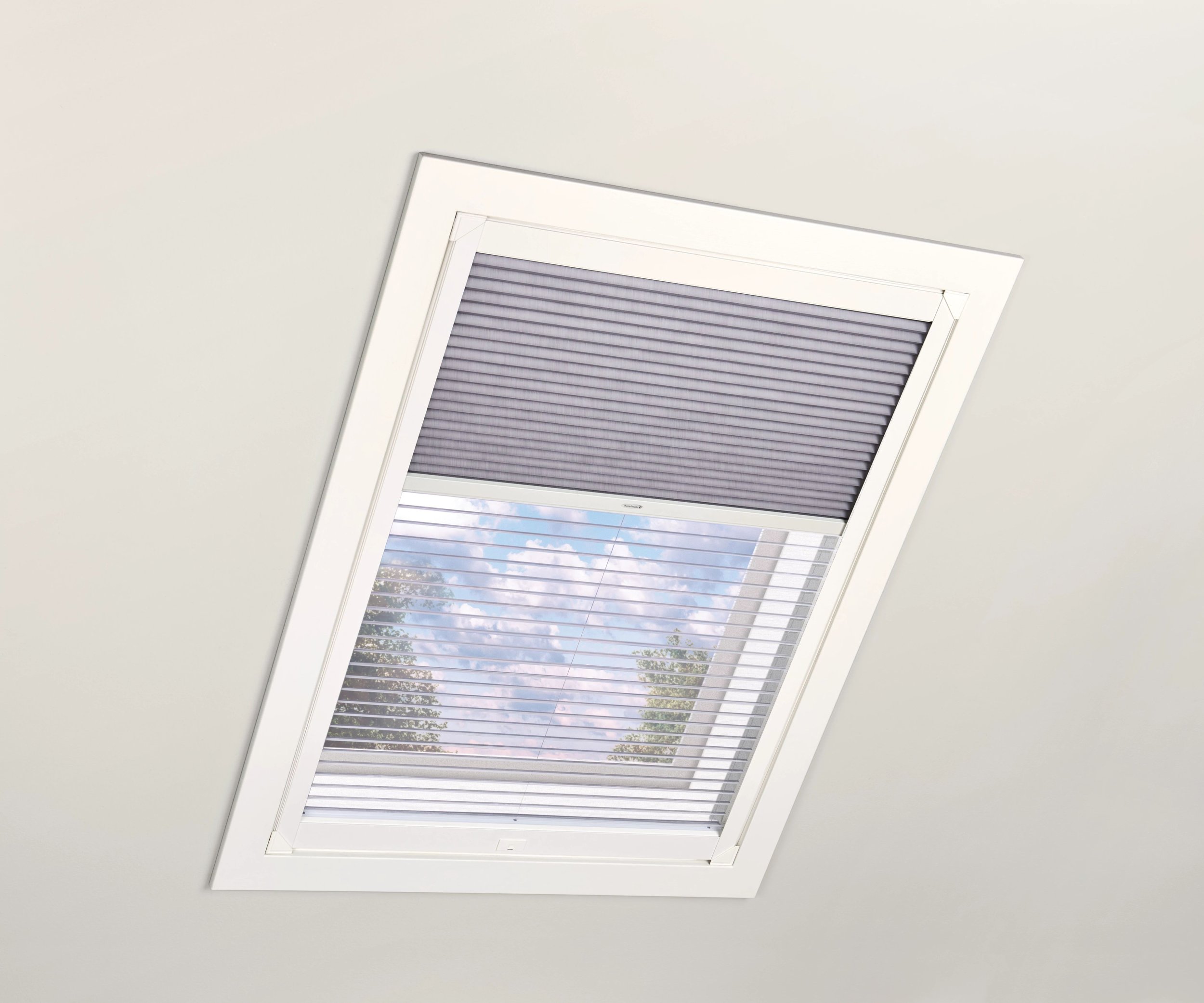Control Heat with Skylight Blinds
Is Heat Gain or Heat Loss Through Your Skylights a Problem?
Skylights are architectural marvels that bring natural light into our living spaces, enhancing aesthetics and improving our overall well-being. However, while they offer numerous benefits, skylights also have an impact on the thermal performance of a building. Understanding the dynamics of heat loss and gain through skylights is crucial for optimizing energy efficiency and comfort in our homes and commercial buildings.
Heat Loss Through Skylights:
Skylights can be significant sources of heat loss during colder months, primarily due to their large surface area and minimal insulation compared to traditional roof structures. Heat loss occurs through conduction, convection, and radiation processes.
Heat loss occurs in a variety of ways:
1) Conduction: Heat transfer occurs through the materials of the skylight itself, especially if it's made of materials with poor insulation properties. Metal-framed skylights, for example, conduct heat more readily than those with insulated frames.
2) Convection: Warm air rises, creating convective currents around skylights. As warm air near the ceiling escapes through the skylight, it pulls cooler air into the living space, resulting in heat loss.
3) Radiation: Skylights can also facilitate heat loss through radiation. Infrared radiation from indoor surfaces can escape through the glazing, particularly if it lacks low-emissivity (low-e) coatings designed to reduce heat transfer.
Mitigating Heat Loss
Several strategies can help minimize heat loss through skylights:
Proper Installation: Ensure skylights are installed correctly with adequate flashing and insulation to reduce air leakage and thermal bridging.
Selecting Energy-Efficient Glazing: Choose skylights with double or triple glazing and low-e coatings to improve insulation and reduce heat transfer.
Utilizing Insulated Shades or Blinds: Install insulating shades or blinds to provide an additional barrier against heat loss during colder months.
Heat Gain Through Skylights
While skylights are often associated with heat loss, they can also contribute to heat gain, especially during the summer months. Heat gain occurs primarily through solar radiation.
Solar radiation occurs in 2 ways:
Direct Solar Heat Gain: Skylights allow sunlight to enter the building, which can increase indoor temperatures, especially if the glazing does not have adequate solar control properties.
Indirect Heat Gain: Sunlight transmitted through skylights can heat up indoor surfaces, such as floors and furniture, leading to indirect heat gain.
Mitigating Solar Heat Gain
To minimize heat gain through skylights:
Selecting Solar-Control Glazing: Choose skylights with spectrally selective coatings or tints designed to reduce solar heat gain while still allowing daylight to penetrate.
Using Interior Shades or Blinds: Install interior shades or blinds to block sunlight and reduce heat gain during peak daylight hours.
Types of Skylight Shades
The most popular and efficient shades for skylights are cellular or honeycomb shades. The magic of cellular shades is in their specially engineered honeycomb shape, a unique construction that traps air and creates a layer of insulation between the skylight and the inside temperature of your room. These shades offer superior energy efficiency, helping to keep your home warmer in the winter and cooler in the summer. Cellular shades that are constructed using “Architella” or Double Cell fabric provide the best insulation - in fact, they will provide up to 80% better insulating value than a single cell fabric.
Dual Opacity Bonus
Our skylight shades from Hunter Douglas come with two different fabric opacities, so you get optimal control over the amount of UV’s that are coming through your skylights at any given time. Our Skylift shades are made with your choice of sheer or “ClearView” sheer combined with Light Filtering or Room Darkening fabric. You can read our blog post to learn more about light control for window coverings. The shade slides in such a way that the entire skylight can be covered with Fabric 1 (standard sheer or ClearView sheer) or the entire skylight can be covered with Fabric 2 (light filtering or room darkening) or a any combination of the 2 fabrics.
Operating your Skylight Shades
Most skylights are quite high, and difficult to reach in order to operate your shade. The SkyLift system comes with 2 optional operating systems: manual lift (with or without an extension pole) or PowerView motorized. The PowerView motorized option can be wired in using low voltage wiring, or battery operated. The battery will last between 1-2 years between charges, depending on use. One of the best features of the PowerView motorization is that the SkyLift shade can be operated on a schedule via the free App, giving you the ultimate in control over your home’s energy efficiency.
Skylight Shutters
Although cellular shades are the most common choice for skylights, they aren’t the only option. Shutters are another great choice for many reasons including energy efficiency, functionality, ease of operation and aesthetics. Shutters can be made in many shapes and sizes, and unlimited colours making them a flexible choice. Shutters are made up of a frame with operable louvers of varying sizes. The size of the louver will determine the amount of space between each louver when they are tilted open. The louvers allow you to direct the sun depending on the time of day, making it a unique option for skylights. Louvers can be tilted manually (with or without an extension pole) or remotely with motorization which makes them ideal for high or hard to reach skylights. Shutters are also energy efficient and made to stand up to the harshness of UV rays.
There are many things to know, and to consider when it comes to skylight shades. To make it easy, we suggest you call the experts at Relish for a free consultation at 250-850-7183.
Curious how much custom window treatments such as skylight shades and shutters cost? There is so much to learn about window treatments, so we have created this free guide to window treatment prices to help you get started.
